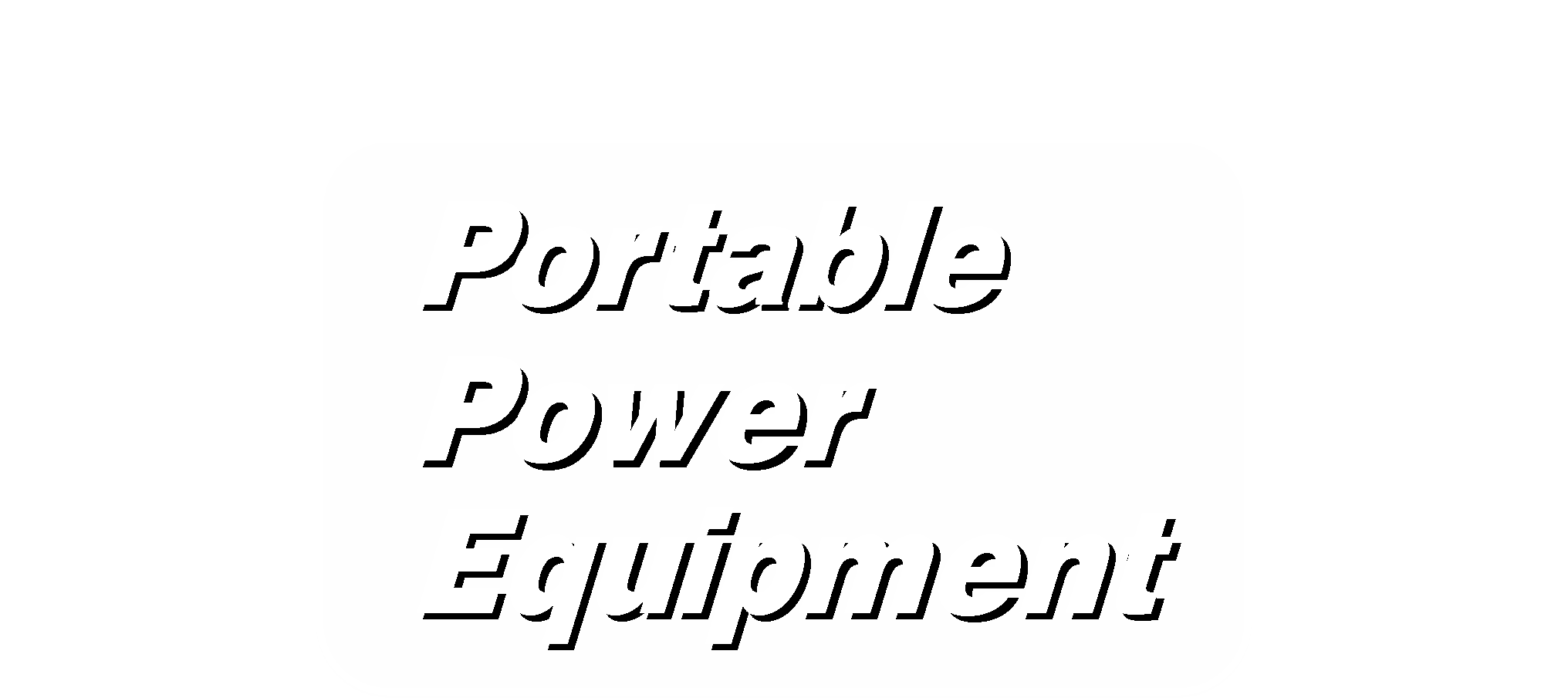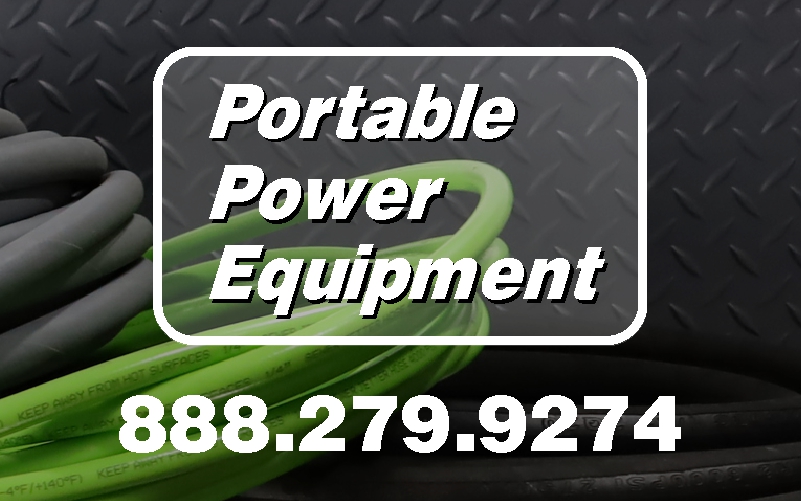Pressure Washer Do's and Dont's & Terminology.
Do's and Don'ts When Pressure Washing
Pressure Washing Do's
- DO read your operation manual thoroughly to ensure safe operation of your pressure washer.
- DO make sure all guards and shields are in place and in good working order.
- DO check oil levels before every use.
- DO wear proper eye, face and hand protection when operating the equipment and pressure washing.
- DO attach nozzles and/or accessories completely before starting the machine.
- DO keep hands and feet clear of the cleaning nozzle at all times.
- DO consider using a detergent or accessory to increase your cleaning power and decrease your cleaning time.
- DO direct the water at a downward arc when cleaning wood substrates. Spraying head-on can damage wood siding and decks.
- DO wash a small test area prior to starting your cleaning task.
- DO pressure wash the surface thoroughly.
- DO keep the wand and water jet at least 6 feet away from electrical
wires, service boxes and entrances. A shock from service wires can be
deadly.
Pressure Washing Don'ts
- DON'T fill the fuel tank while the engine is running or still hot.
- DON'T leave the nozzle in a closed position for more than a minute or two while the equipment is running. The pump may overheat.
- DON'T try to repair a leak in the hose or connection while the system is under power.
- DON'T wash pressure sensitive areas without testing first. Increasing spraying distance can allow for safe washing.
- DON'T place any part of your body in front of the nozzle or point it
at other people. The blast is so powerful, it can literally tear the
skin off.
- DON'T hold the nozzle too close to the surface or too long in one
spot - the strong jet will gouge wood, dent aluminum side, erode stucco,
and blast mortar out of joints in brick walls. Likewise, do not point
the wand directly at windows, for obvious reasons.
- DON'T pressure wash from a ladder - you'll need both hands to
control the wand (when you turn it on, it has a hefty kickback, which
can kick you off balance). Instead, use an adjustable extension wand to
reach high places.
Terminology:
PSI (pounds per inch)
This indicates the amount of pressure the unit will create if
concentrated on one square inch of surface area. The greater the PSI,
the better the cleaning efficiency.
GPM (gallons per minute)
This tells you how much water (gallons) will flow through your
pressure washer (flow rate). A higher flow rate will cut down on your
cleaning time.
PSI versus GPM
PSI and GPM are both equally important when choosing a pressure
washer. The PSI indicates the amount of pressure and GPM indicates the
flow. You must have the correct combination of PSI and GPM to have the
most ideal pressure washing system for your needs.
CU (cleaning unit)
This is calculated by multiplying PSI by GPM. The number is useful
for comparing models. The higher the number of cleaning units, the more
cleaning power your pressure washer has.
Pump
Pressure washer pumps are driven by the motor or engine and push the
water through your pressure washer. The two types of pumps are direct
drive and belt drive.
Nozzle
The actual pressure is created by the nozzle. Different nozzles sizes
(orifices) are available to create the spray angle or pressure needed
to fit your cleaning need. The wider the spray, the less cleaning power.
The narrower the spray, the more cleaning power.
Unloaders and Relief Valves
Pressure washers are equipped with safety features designed to reduce
pressure buildup. Unloaders and thermal relief valves prevent heat and
water pressure from reaching dangerous levels.



